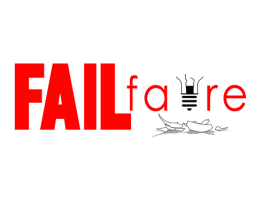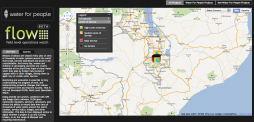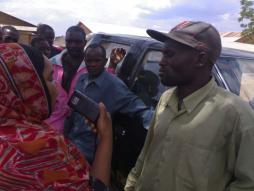It is no secret that Daraja's Maji Matone programme has not lived up to expectations. In particular, despite considerable resources spent on promotional work - printing and distributing posters and leaflets, as well as extensive broadcasts on local radio - we haven't had the response from the community that we had hoped for. A six month pilot in three districts resulted in only 53 SMS messages received and forwarded to district water departments (compared to an initial target of 3,000). So we've made a decision - to embrace failure, learn and share lessons from the experience, and to fundamentally redesign the programme.
Admitting failure in this way is easy to support in theory, but much harder to do in practice. It may be
accepted practice in the for-profit world, but it's uncomfortable for a donor-dependent NGO. Would it be easier to continue half-heartedly with a programme that isn't working or close it down quietly and hope that nobody notices? Of course it would. But those approaches would not benefit anyone, wasting money and missing out on valuable opportunities to learn. So we're taking a different tack, embracing and publicising our failures, and trying to make sure we (and others) learn as much as possible from the experience



